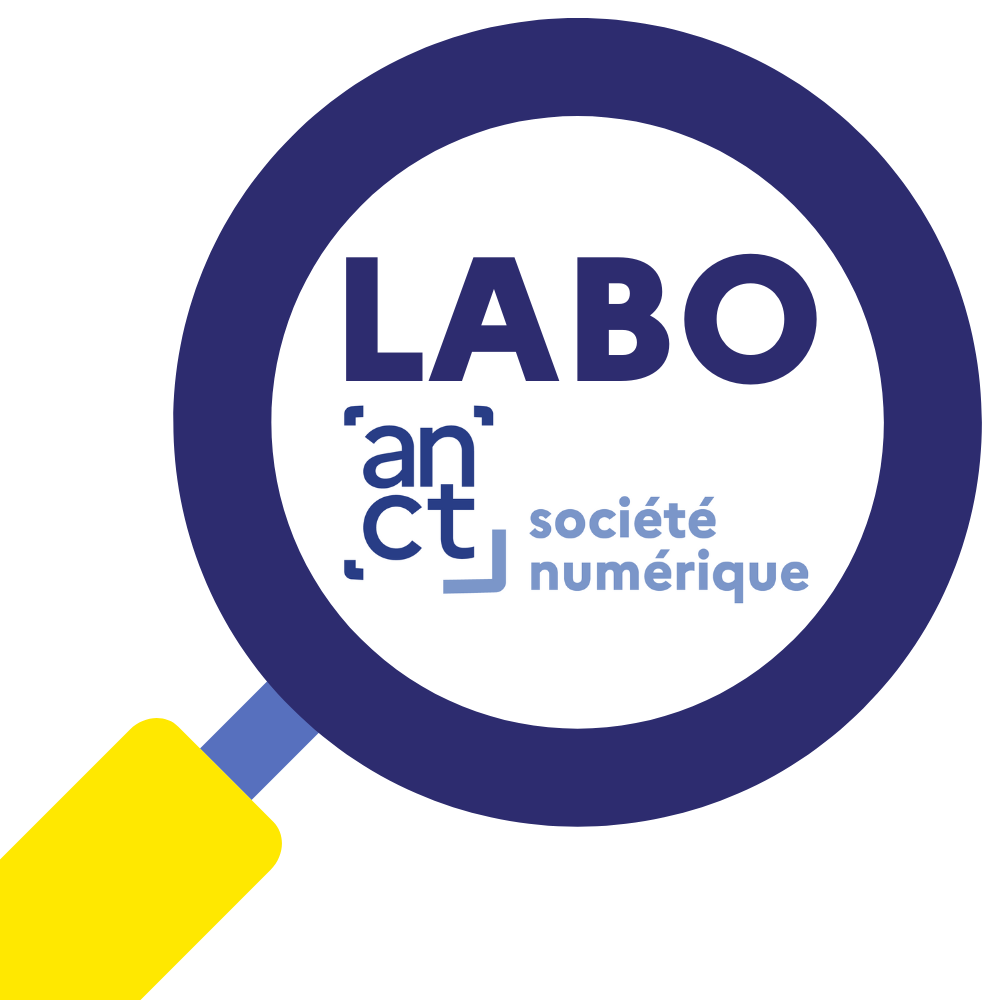Twelve countries, including France, conducted a survey in 2018 to assess the performance of eighth graders in digital literacy as well as computational thinking. This international survey, named ICILS (International Computer and Information Litteracy Study) was organized by the IEA (International Association for the Evaluation of Educational Achievement).
In France, the ICILS survey involved a representative sample of 2,940 eighth grade students in 156 middle schools. Questionnaires filled out by 2,168 teachers, ICTE coordinators and school principals were used to complete the students' answers.
Digital literacy: girls' average scores are higher than boys' in almost all countries
Digital literacy (computer and information literacy) is defined in this survey as "an individual's ability to use a computer effictively to collect, manage, produce, and communicate information at home, at school, in the workplace, and in society." The digital literacy framework includes four sub-dimensions: 'understanding computer use, information gathering, information production, and digital communication'.
On average, across all countries surveyed, the average score for girls is 505 while for boys it is 488, a difference of 18 points.
The score difference in favor of girls reaches 39 points in the Republic of Korea. In France, it is 24 points in favor of girls.
Computational thinking is defined by ICILS as Its framework for assessment includes two sub-dimensions: "
Références :
No significant difference between girls and boys in computational thinking"an individual's ability to identify real-world problems that are appropriate for computer formulation, and to evaluate and develop algorithmic solutions to those problems in order to implement them using a computer.".conceptualizing problems and implementing solutions (creating, implementing, and evaluating computer solutions to problems)."
On average, in all countries, the average score for girls is 498 and 502 for boys: a difference considered statistically insignificant by the authors of the study. This is also the case for the scores observed in France.
The gap (high enough to be significant) is in favor of boys in Portugal (16 points): it is 13 points in Finland but, in this country, in favor of girls.
A comparable ICILS survey conducted in 2013 had already highlighted the superior performance of girls in digital literacy. questioned the Australian researchers who analyzed the results of the 2013 ICILS survey.
"Contrary to popular belief, girls tend to do better than boys. Therefore, why don't girls enter technology careers in the same proportion as boys?"





